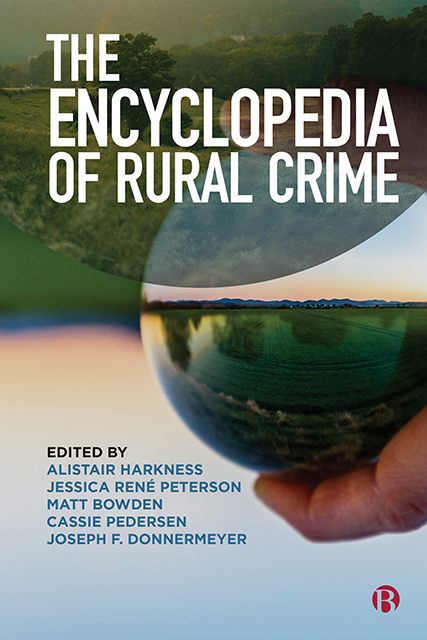Book contents
80 - Antarctica
Published online by Cambridge University Press: 20 June 2023
Summary
Living and working in Antarctica means that the expeditioner is living and working in both an extreme and unusual environment (EUE) and an isolated and confined environment (ICE). Environments that fall into these categories exert stressors on the people within them and research has shown that these stressors alter these people’s normal social interactions. A person’s presence in an extreme, unusual, confined or isolated environment also shapes the nature of transgressions committed.
Whilst it is difficult to give a singular definition that encompasses all that can classify an environment as an EUE and/ or an ICE, it has been suggested that an ‘extreme’ environment can be defined by its level of survivability. By this definition, such an environment is one that a human would be unable to survive in without some form of special training, equipment or supplies (see Suedfield, 2012). An ‘unusual’ environment is more complicated still to definitively classify but the term is most frequently applied when characterizing environments that differ greatly from the common experiences of those living in a modern, technologically advanced and primarily urban society.
An EUE/ICE is characterized by features that include physical parameters (such as temperature), psychological and social parameters (such as limited, restricted or enforced social interactions) and technological parameters (such as reliance upon modern technology). Isolated and confined environments are generally environments where the person is remote from their home and separate from any people who do not also share the space, restricted to that geographical location, and incapable of easily entering or exiting the location even in the event of an emergency. Many of the aspects that define an isolated and confined environment also characterize them as an extreme and unusual environment but the two do not necessarily always overlap.
An Antarctic station qualifies as a permanent, long term, extreme and unusual, confined and isolated environment. Humans do not have the capability of surviving the Antarctic environment alone. Inhospitable weather conditions and extremely low native temperatures make it highly unlikely that a human could survive long enough to build some form of shelter, somehow melt the ice into water or turn one of the few native animal species into a suitable dinner.
- Type
- Chapter
- Information
- The Encyclopedia of Rural Crime , pp. 319 - 323Publisher: Bristol University PressPrint publication year: 2022



